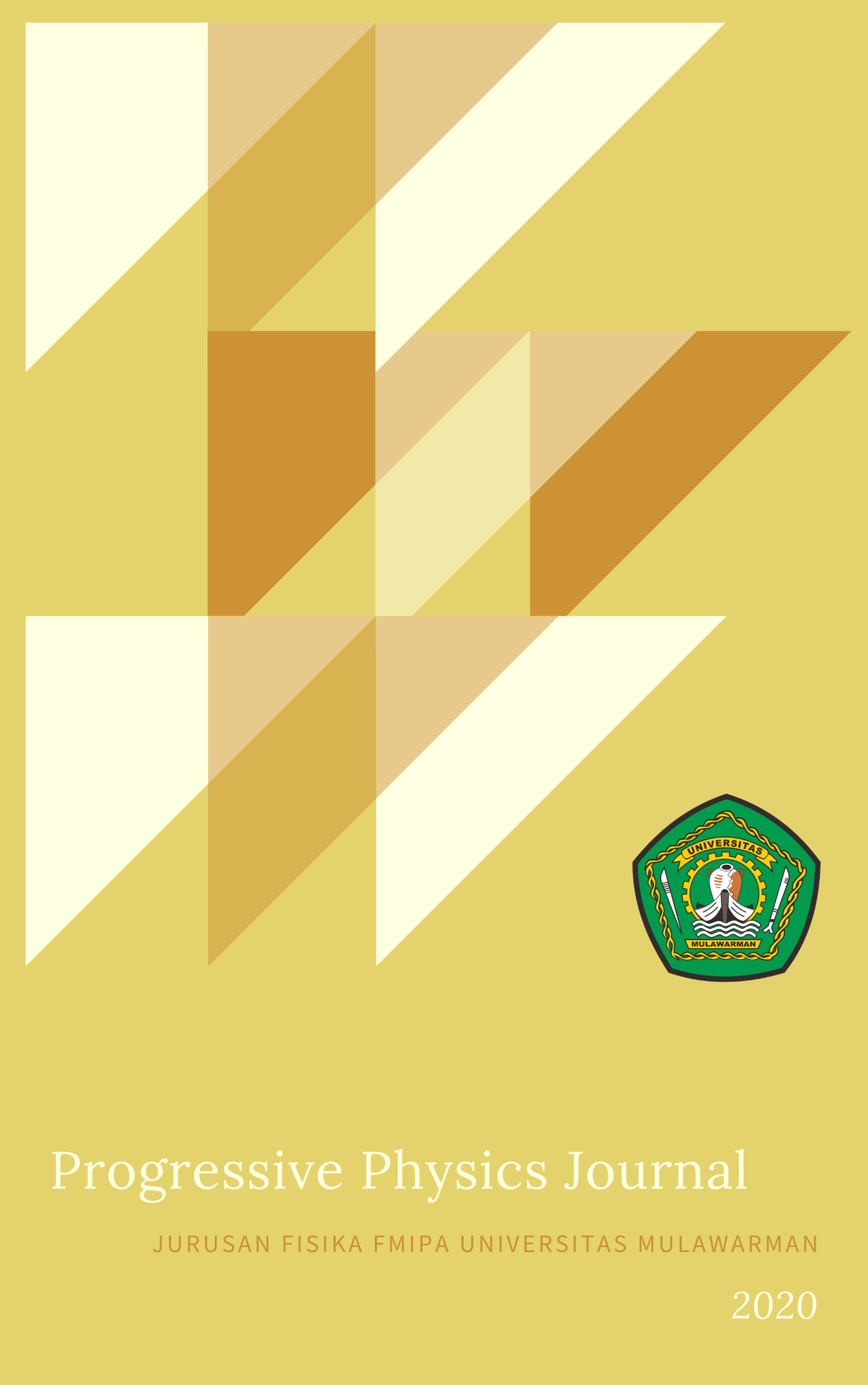Aplikasi Metode Spektrofotometri pada Klasifikasi Gas Karbon Monoksida (CO) dan Uap Bahan Bakar Petrodiesel (C14H30)
DOI:
https://doi.org/10.30872/ppj.v1i1.559Keywords:
LED Series, Backpropagation, SpectrophotometryAbstract
Gas classification techniques are often found in several applied fields such as, detection of leak gas in gas cylinders, monitoring the threshold of harmful pollutant gases in the air, health diagnostics, early detection of fire hazards, and others. This requires measurement techniques that are adaptive and robust that can dynamically capture information on changes in vapor or gas compounds contained in free air. This research has been conducted to analyze and identify the types of gas compounds, namely CO and petrodiesel fuel vapor (C14H30). The design of this tool uses the principle of spectrophotometry and the calculation of Backprogation Neural Networks. The working principle is that light radiation in the Light Emitting Diode (LED) series, which has a wavelength range of 385nm to 1720nm, is absorbed to penetrate CO gas or petrodiesel fuel vapor (C14H30) that you want to identify. Light radiation that has passed through the gas / vapor compound was captured by the photodiode sensor. The emission of LED series light radiation produces different wavelength absorption patterns that will be processed by the Backprogation Neural network as an input signal in the identification and learning process. The results of this experiment show the success rate of the Backpropagation neural network in identifying the type of CO gas and petrodiesel fuel vapor (C14H30) is 80%.







